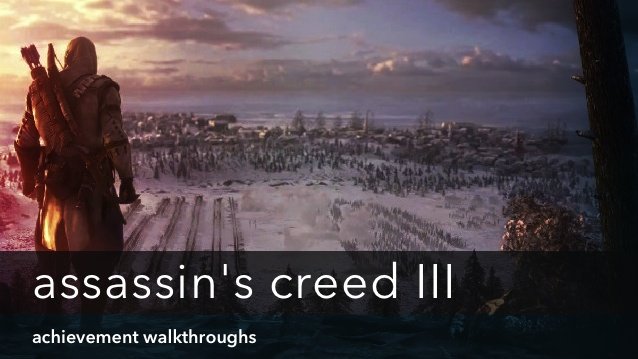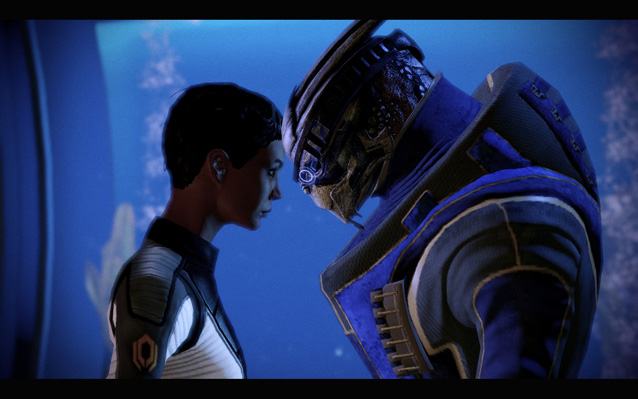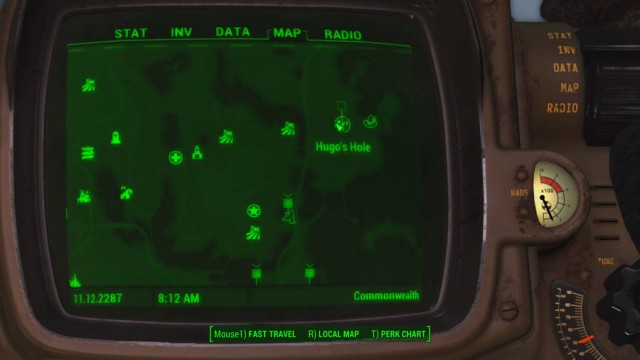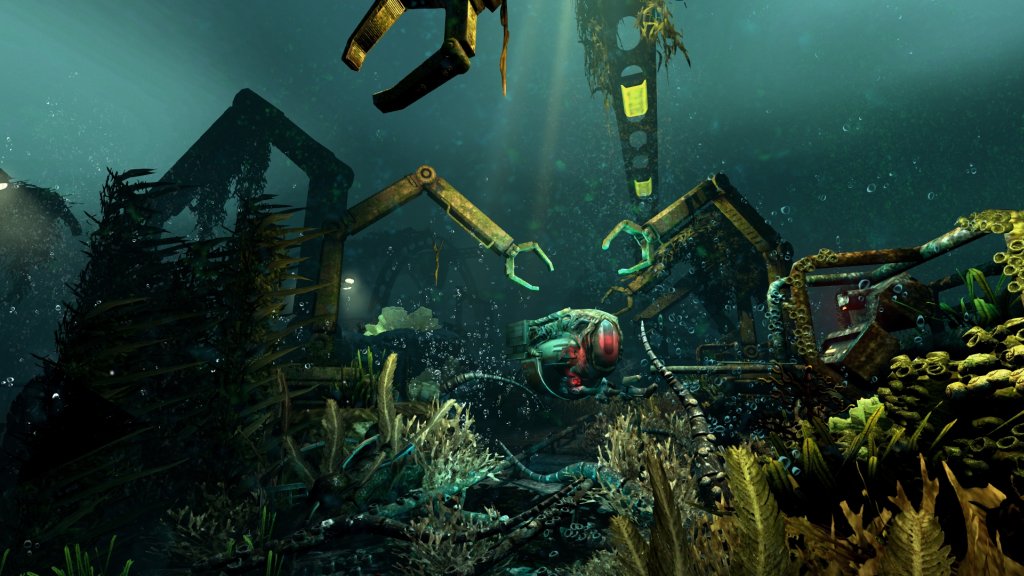

Game Rant’s Dwayne Holder reviews Blades of Time
Blades of Time is a new action adventure game from Gaijin Entertainment, published by Konami, and on the back of the box it promises guns, swords and booty. That last item is referring to the game’s protagonist Ayumi, who provides some significant eye candy to those playing. Unfortunately Ayumi is about the only redeeming factor in the spiritual sequel to Gaijin’s 2009 title X-Blades.
Ayumi and her massive brute of a sidekick Zero are treasure hunters and they set out to gain a major payout by breaking into a temple which holds a magic portal. This portal is rumored to have the ability to transport those who touch it to Dragonland, a world full of insane wealth. Problem is those who go there have to survive the hellish environment long enough to bring it back.
Upon arriving in Dragonland, Ayumi quickly realizes that she’s in way over her head and is now in a life-or-death struggle to return home. Along the way she gains the ability to rewind time from a magic altar that is very interested in her mission. Ayumi also receives other powers from these altars located throughout the game (we’ll touch on them a bit later).
The story can get a bit convoluted as Ayumi finds herself in the middle of a war between two superpowers: the Skyguard and the Chaos. Both are hell bent on taking over Dragonland and preventing Ayumi from reaching the final portal that will take her home. Reaching this final portal will awaken the Keeper who is a real bad dude and will destroy everything if he’s awakened.
Along the way players will encounter characters who, in terms of story, just randomly show up. There’s no real explanation of how they got there and they don’t have any influence on the overall story. This holds true for Ayumi’s sidekick Zero who is absent for 95% of the game. The voice acting is poor and people will get tired of Ayumi’s constant chatter after the first hour or so.
Then, at the point when the player receives the ability to alter time, the game actually becomes less fun – since the time mechanic is clunky and confusing to use. It takes a bit of trial and error to get used to how the game wants you to play. Each time the button to rewind time is hit, it creates a clone of Ayumi. Holding down the button rewinds time further. During this period the character stays in place and is free to move around while her clone and everything else moves backwards through time.
This sounds like an awesome concept, however it is executed poorly. The game instructs the player to use the time mechanic to distract enemies. What actually ends up happening is the clones can also deal damage along with Ayumi – and the player, ultimately, must rely on spamming the rewind button to defeat enemies.
Before gaining this ability to rewind time, the game is actually pretty fun. The combat is similar to that of the God of War series, but lacks the visceral nature you would expect from a game that borrows heavily from that series – along with Devil May Cry and Prince of Persia. Ayumi’s sword strikes just don’t seem to hit as hard as one would expect – although, once the time powers are acquired, this small gripe becomes insignificant since the player will have other issues to deal with.
The game’s difficulty shifts into high gear and enemies become super strong after players gain their time powers. One enemy can take out Ayumi in a few seconds, and the game tends to throw out several at a time. Players have to be quick to master both the time mechanic, in conjunction with Ayumi’s elemental powers, in order to survive.
Blades of Time also includes some gunplay, but it only proves to be useful to take out flying enemies or weaker ground forces. The guns can be used to take out stronger enemies, only when utilized in conjunction with the time ability, to create multiple time-clones of Ayumi.
One other aspect of Ayumi’s skill-set are her magic abilities. It was stated earlier that she has elemental powers at her disposal – fire and ice. These come in very useful as her fire powers cause damage over time and her ice powers can freeze enemies in place, making it easier to take down enemies one by one. These powers are probably the only aspect of the game that works well – though they certainly don’t make up for all the other issues.
The powers can also be upgraded along with Ayumi’s weapons and accessories. New items are easily obtained by using Ayumi’s compass which points the way to hidden chests. This compass also points the player in the direction they need to go on their quest. Since the game is very linear these chests are usually on the path you’re on. The compass – which sits on her hip for easy viewing – starts glowing whenever the player is close to a treasure chest. So the only way to miss them is if you’re not paying attention – or just don’t care.
Blades of Time looks great when you’re not moving or in combat. The environments are fully-formed with plenty to look at. The character models are good from a distance and special attention was put into Ayumi. That said, upon closer inspection, the textures turn muddy and the lip syncing is something out of the last generation of video games. When in combat everything turns into an amalgam of flashy light effects and polygons. It becomes worse when players are setting off magic and using Ayumi’s time powers at the same time – and it can become difficult to keep track of enemies who tend to bunch up as they rush forward – which is pretty much their only tactic. Players will die a lot – and it can get pretty frustrating.
The frame rate is choppy at times and elements of the environments can disappear from view. There are also clipping issues in Blades of Time. One instance made an enemy fall through the floor, preventing me from being able to hit it and continuing on with the game. Luckily I was able to rewind time to a point where he was above ground allowing me to kill him. This was one of the very few times the rewind ability brought a genuine sense of satisfaction – even if it was the result of a would-be game-breaking bug.
Nothing stands out about the music and sound of Blades of Time. You’ll hear the standard orchestral score throughout the game and over time it will just become background noise. The sound effects are also very basic and the audio used for the time mechanic sounds very similar to those used in Prince of Persia, which isn’t that surprising since the game seems heavily influenced by that game.
Blades of Time offers multiplayer in the form of a mode called Outbreak. Players can fight eachother or play against A.I. bots in a battle arena. With so many other, and better, titles that offer multiplayer, there are very few opponents to face online for Blades of Time. There is a single player component with the A.I. bot arena – which really just offers the same frustrating gameplay as the the single player.
In the end Blades of Time is an underwhelming and unpolished experience with frustrating game mechanics that aren’t nearly as interesting as the idea behind them. It’s hard to recommend this game to anyone, especially given the far superior titles on the market that inspired Blades of Time and its rewind/clone concept.
Blades of Time is available now for PS3 and Xbox 360. Game Rant played the PS3 version for this review.
–
Follow me on Twitter @Dwayne236




 My Shepard is Asexual, and Thats Okay
My Shepard is Asexual, and Thats Okay Fallout 4 Xbox One Controller Unboxing
Fallout 4 Xbox One Controller Unboxing Fallout 4 Interactive Map Shows Location Of Enemy Resistance, Collectibles, Military Base, Hospitals & More
Fallout 4 Interactive Map Shows Location Of Enemy Resistance, Collectibles, Military Base, Hospitals & More Free eBook Today Only: 'Preserving Your Privacy in Windows 10'
Free eBook Today Only: 'Preserving Your Privacy in Windows 10' SOMA ARK Simulation Puzzle Guide
SOMA ARK Simulation Puzzle Guide